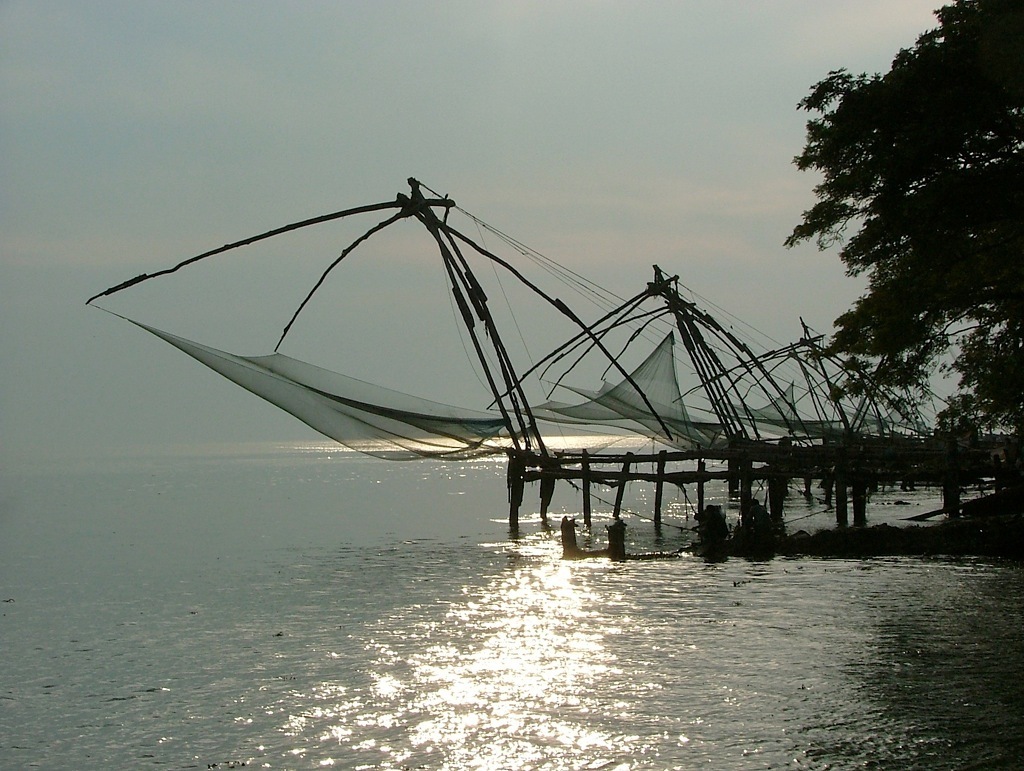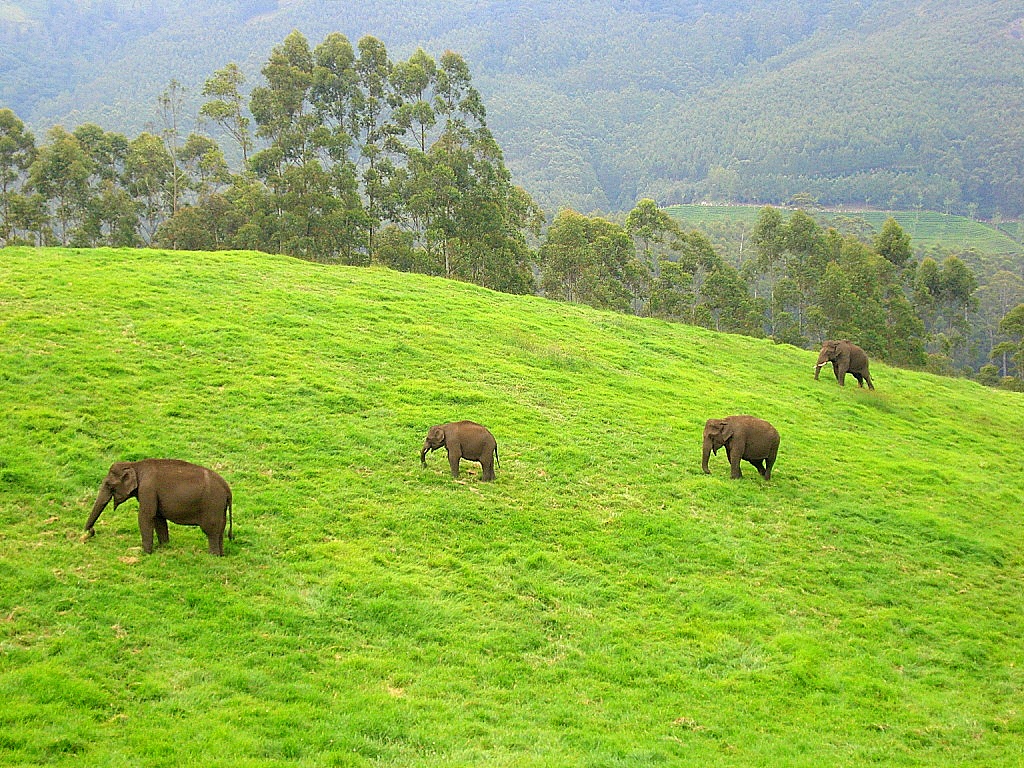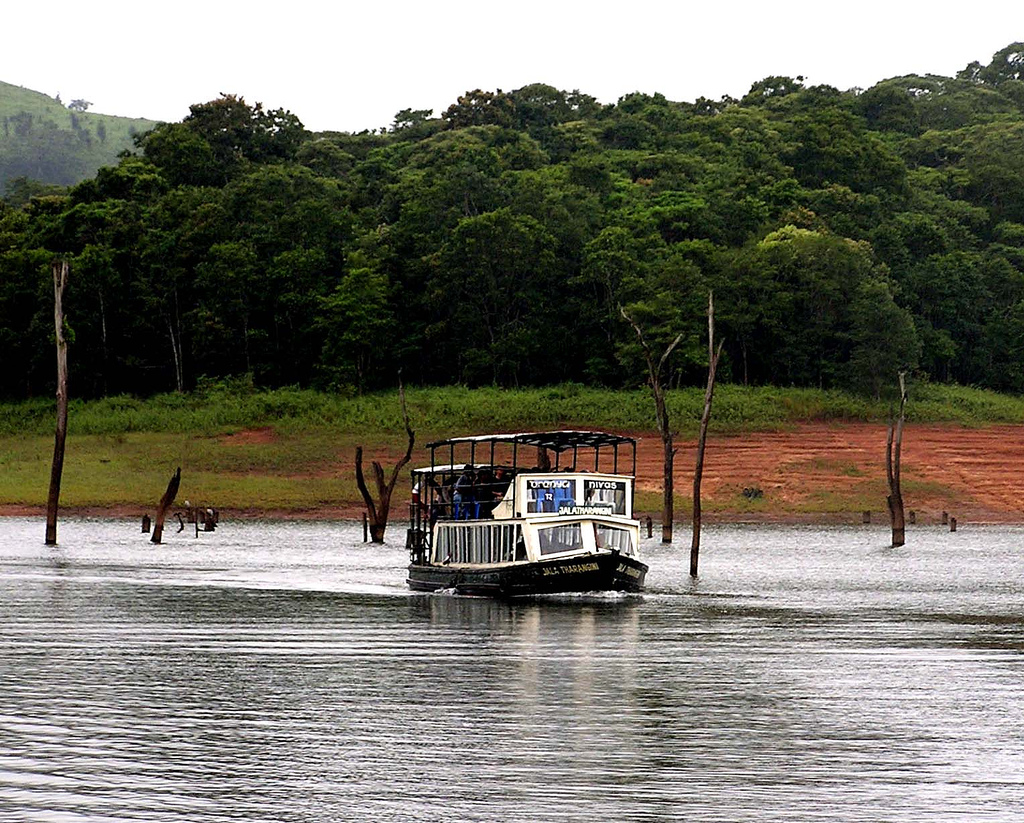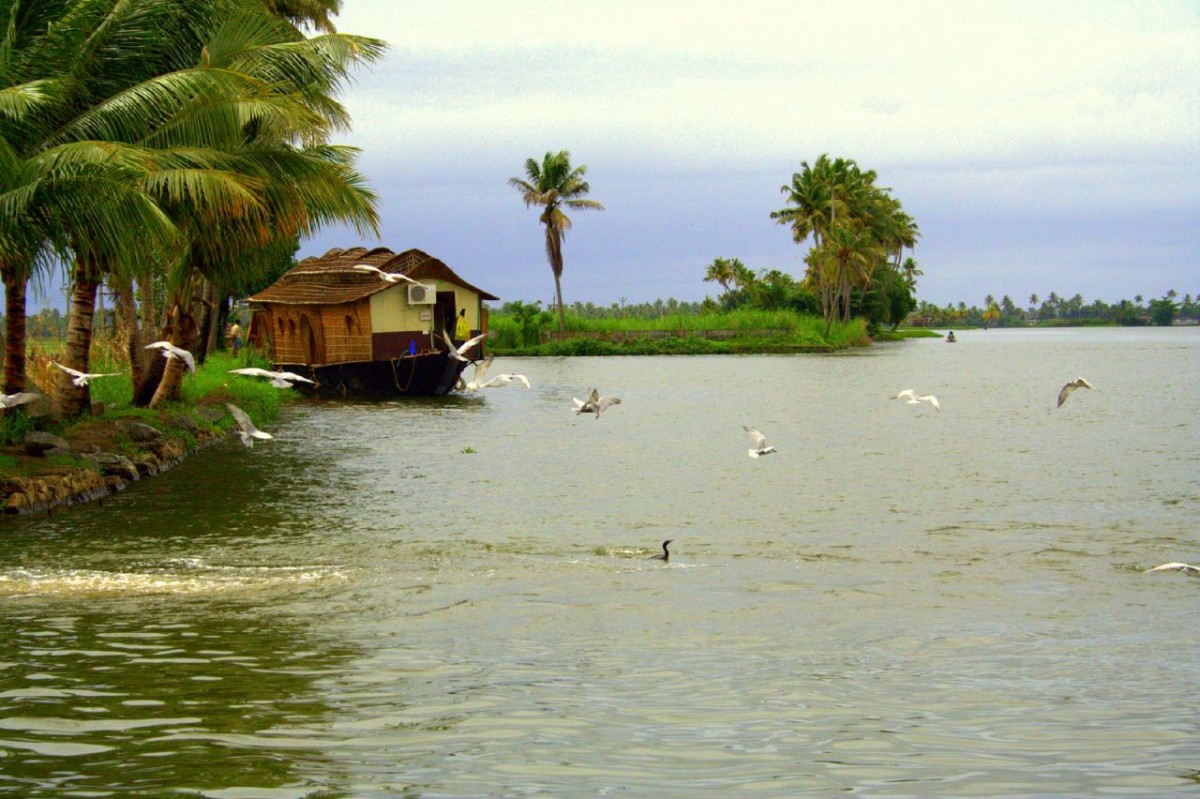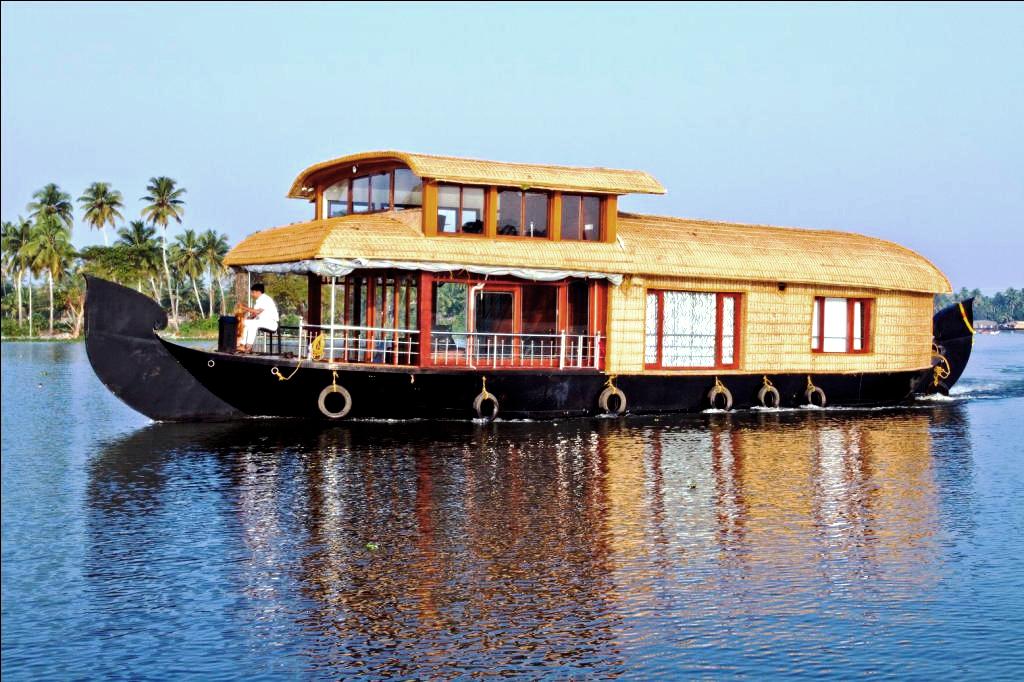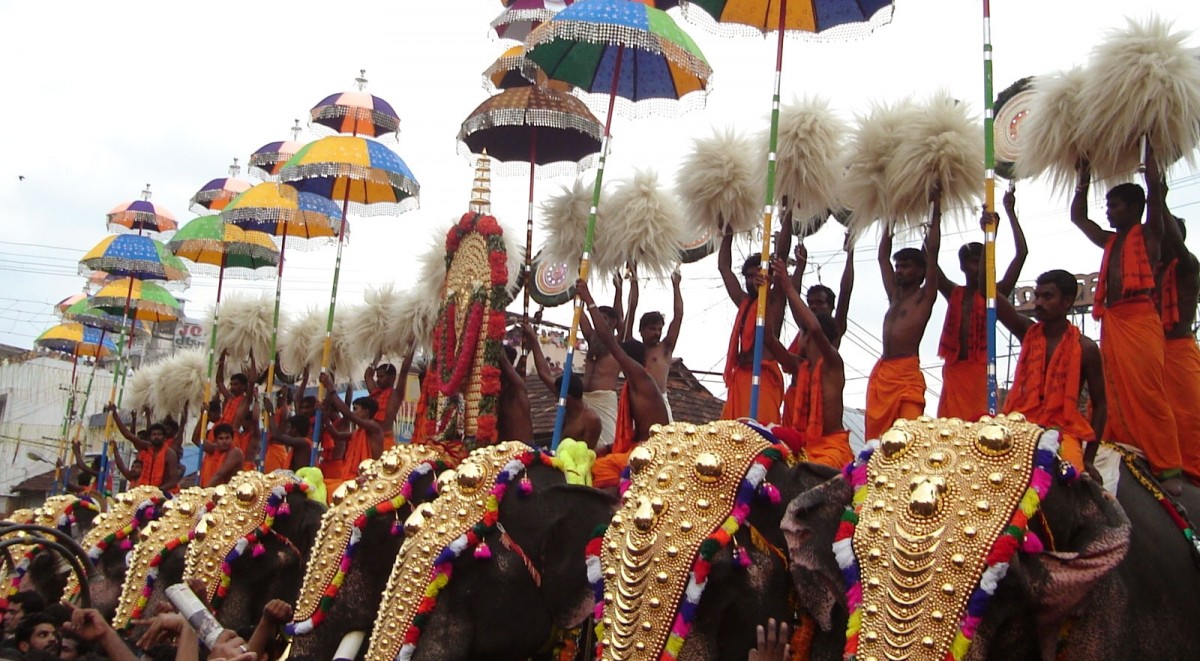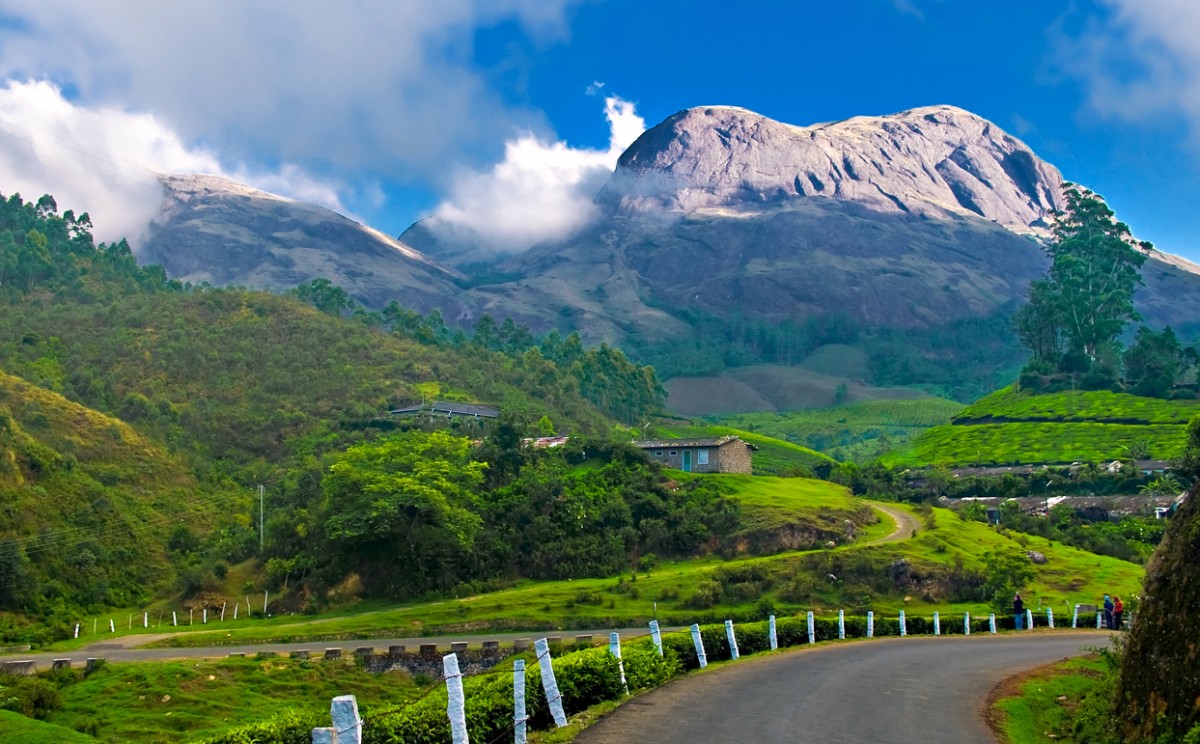
Kottayam Tourism and Travel Guide
History of Kottayam: Kottayam literally means the interior of a fort – Kotta + Akam. Rulers of Munjanad and Thekkumkur had their headquarters atKottayam Thazhathangadi in the present Kottayam town. Marthanda Varma of Travancore attacked Thekkumkur and destroyed the palace and the Thaliyil Fort. The remnants of the palaces and forts are still seen here. The present Kottayam district was previously a part of the erstwhile princely state of Travancore. Earlier, the Travancore state consisted of two revenue divisions viz. the southern and northern divisions, under the administrative control of a ‘Diwan Peshkar’ for each. Later in 1868 two more divisions Quilon (Kollam) and
Kottayam were constituted. The fifth division Devikulam came next but only for a short period, which in course of time, was added to Kottayam. At the time of the integration of the State of Travancore and Cochin (Kochi) in 1949, these revenue divisions were renamed as districts and the Diwan peshkars gave way to District Collectors, paving the way for the birth of the Kottayam District in July 1949.
Kottayam has played its role in all the political agitations of modern times. The ‘Malayali Memorial ‘ agitation may be said to have had its origin in Kottayam. The Malayali Memorial sought to secure better representation for educated Travancoreans in the Travancore civil service against persons from outside. The Memorial, which was presented to the
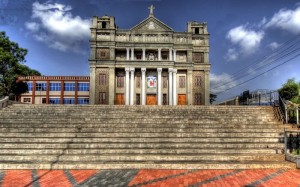
Maharaja Sri Moolam Thirunal (1891) was drafted at a public meeting held in the Kottayam Public Library. The event marked the beginning of the modern political movement in the State.
It was here that the famous Vaikom Satyagraha (1924-25), an epic struggle for eradication of untouchability, took place. Scheduled castes and other backward classes in Travancore were denied not only entry into temples, but also access to temple roads. Vaikom, the seat of a celebrated Siva Temple, was the venue of the symbolic satyagraha. It is of immense historic significance that national leaders like Mahatma Gandhi, C. Rajagopalachari, Acharya Vinoba Bhave and E.V. Ramswami Naykar, associated with this struggle. The ‘ Nivarthana ‘ agitation of the early thirties, to secure adequate representation for the non-caste Hindus, Christians and Muslims in the State Legislature, enjoyed considerable support from this district. The district was also a centre of the agitation led by the State Congress for responsible Government in Travancore. The agitation had a triumphant end, with the overthrow of Sir. C.P. Ramaswami Iyer, the then Dewan of Travancore.
How To Reach?
By Air: The nearest international airport is at Cochin, located at a distance of around 80 kilometers.
By Rail: The railway station of Kottayam is located at a distance of just 2 kilometers from the bus station. There are regular trains from major cities of Kerala that come to Kottayam.
By Roads: Kottayam is well connected to the rest of Kerala and India by a wide network of motorable roads.
Food: King Fish stakes, frozen and exported by a company based in KottayamAlleppy, Kerala State are available here in Toronto. They are easy to clean and cut in to small pieces. Be sure to remove all skin and wash. If Kerala King fish is not available, the north American counterpart (fresh or frozen) or a substitute like GROUPA or MAHI MAHI or even SALMON will do equally well.
Remember the cooking procedure can be divided in to two stages. The first stage is preparing the gravy and the second stage is cooking the fish pieces in the gravy.
In preparing the gravy you use a frying pan, Heat about a quarter of a cup of coconut oil or vegetable oil until the oil is hot enough to break a few mustard seeds in this oil. Now add the chopped onions, few curry leaves and split green chilies and stir fry .To this add a mixture of turmeric, chili powder and paprika powder in half a cup of water. Cook. When the oil begins to clear add the remaining spices previously ground, half a cup of ‘puli water’ and sufficient additional water to make enough gravy to cover all the fish pieces when cooking subsequently. Add salt as necessary. Cook until the gravy is thick .Put this aside.
Next to start the second stage and the actual cooking use a fairly large frying pan. Prepare a bed of curry leaves. Arrange the pieces of fish on this bed. Pour the previously prepared gravy over this, The pieces of fish should be completely covered. Add the remaining curry leaves and ‘PULI ‘pieces, cover with a lid and cook slowly. Do not stir, if necessary you can lift the frying pan by it’s handle and give it a gentle rotating or rocking motion during cooking to spread the gravy evenly. Stop cooking when the fish pieces are cooked sufficiently and the gravy is thick. This preparation is best after it sits for a day or two to allow time for the spices to get in to the fish. In the old days they used ‘CHATTIES’ made of “MANNU” to keep the fish curry in .The curry got better as it stayed in the chatty for some reason.

